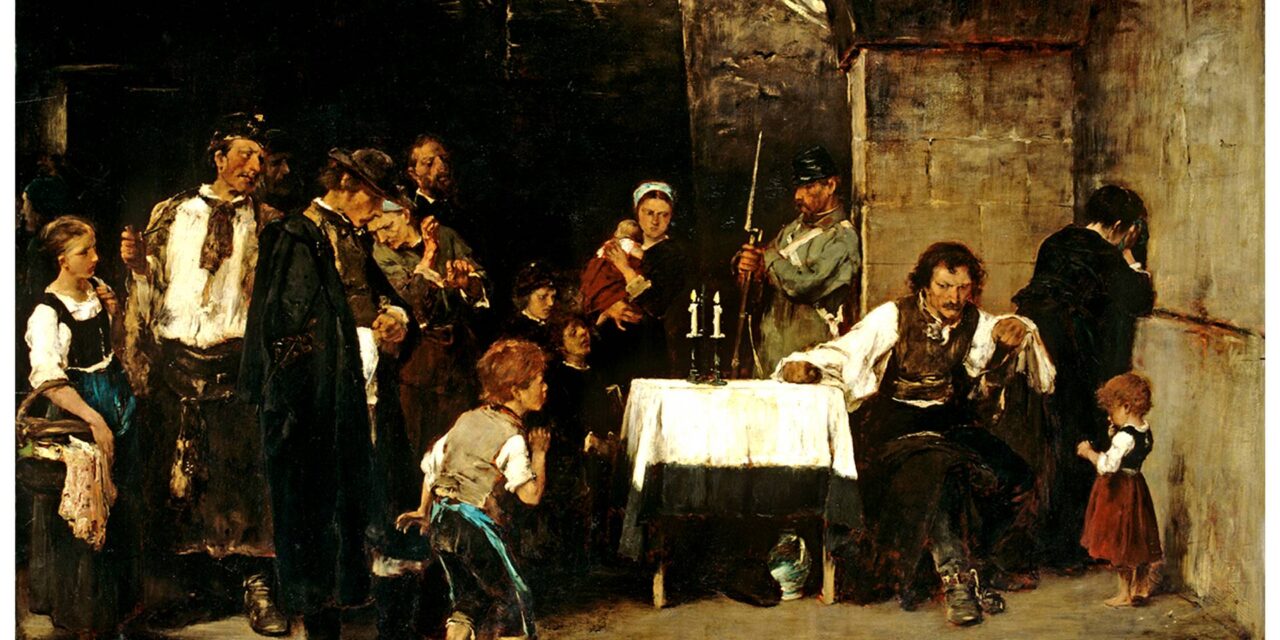From the end of November, the Museum of Fine Arts invites you to a truly special cultural experience that will guide you into the world of 19th-century Hungarian painting.
It shows how Mihály Munkácsy became not only one of the greatest Hungarian painters, but also a world-renowned creator.
A grandiose exhibition, like the artist himself
On November 27, a fascinating and never-before-seen exhibition will open its doors at the Museum of Fine Arts. The Worker. The exhibition "The Story of a World Success" pays tribute to the 180th anniversary of the birth of Mihály Munkácsy and dazzles visitors with rare works of art that have not been seen in Hungary until now.
The large-scale commemorative exhibition features more than a hundred works by Munkácsy, including masterpieces that have been found in private collections, as well as works that have remained hidden until now. The life of the painter is also evoked by archival photos, letters and documents, so visitors not only see his artistic genius, but also
you can get to know the important stages of his life in more depth.
The purpose of the exhibition is to present Mihály Munkácsy's international success from a new perspective and to provide insight into how the Hungarian painter became one of the defining figures of 19th-century European painting. With its rich material, the exhibition simultaneously brings Munkácsy's world closer to visitors and reminds us that his art still has an impressive value.
The life of a worker
The life and career of Mihály Munkácsy is a truly fascinating story full of folktale twists and turns. After the early death of his parents, he moved to Békéscsaba with his maternal uncle, where he began his career as a carpenter's apprentice. His talent was already evident at that time, since his first drawings were made by Aradon and
inspired by the world of his previous craft, he painted one of his first highly successful works, The Yawning Butler in 1869.
Munkácsy did not let his humble beginnings hinder his artistic ambitions. Developing with his perseverance and the influence of the defining artists of his time, he quickly became one of the most well-known figures on the international art scene.
His real breakthrough was his work entitled House of Mourning, painted in 1869,
which was also recognized with a large gold medal at the Paris Salon. His path only went uphill from here, and he continued on this triumphant path until his death.
Munkácsy owes his world fame to the Christ trilogy
In the 1880s, he created his most monumental works, the Christ Trilogy, which included the paintings Christ Before Pilate and Golgotha. With this work, he gained world fame, even reaching America, where his reception was similar to that of Lajosé Kossuth.
His style was defined by romantic realism, which did not follow modern painting trends. Munkácsy's oeuvre is one of the greatest achievements of Hungarian art and an unavoidable figure in Hungarian cultural history.
Munkácsy's life ended tragically; he died at the age of 56 in a sanatorium in Bonn. After his death, he was transported home by train, buried in the Art Gallery, and his funeral was attended by thousands, paying tribute to one of the nation's greatest painters.
Featured image: Munkácsy's Mourning House - Wikimedia Commons













